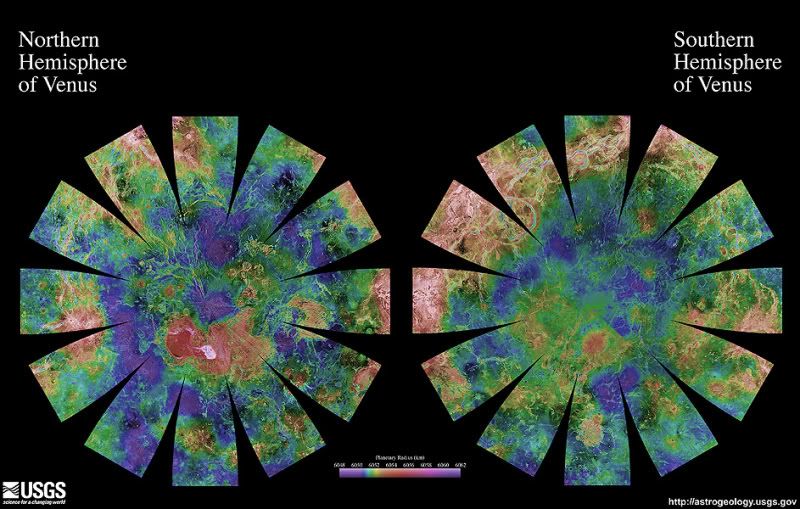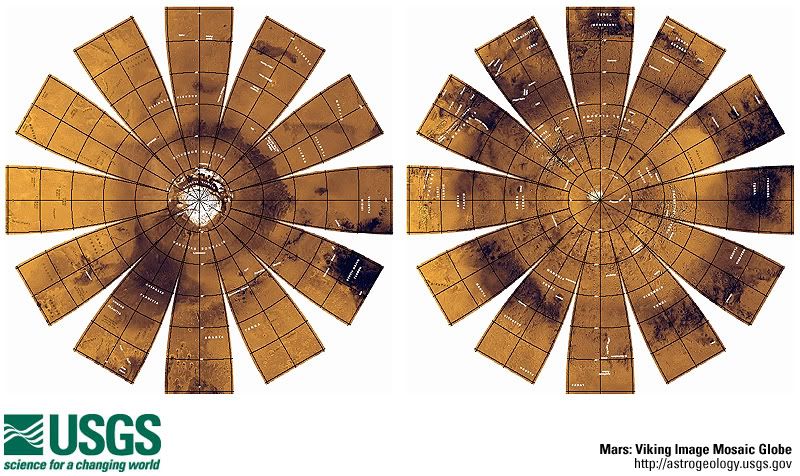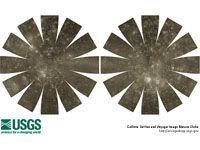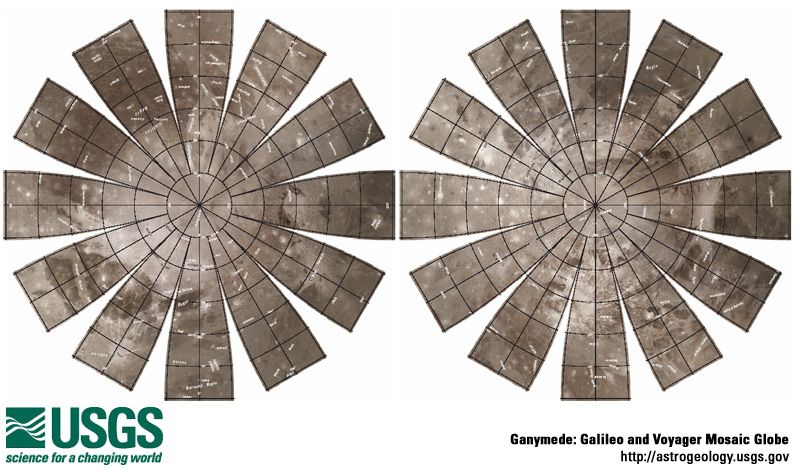Whale Fall (after life of a whale) from Sharon Shattuck on Vimeo.
Directed by Sharon Shattuck and Flora Lichtman for Sweet Fern Productions.
This beautiful short film (paper puppetry, by the way, not stop-motion) details the after-life of a whale. I don't mean it's about the ghost of a whale; I mean it details quite literally the life supported for decades, by the deceased body of a whale. The choices made in terms of medium (paper) and music, help emphasize the wonder of the ecology, the diversity of life supported, and avoids the sort of bias we may have that the subject matter is somehow gruesome, rather than the most natural thing. I love the idea of paper puppets employed in, essentially, a short of science documentary.
Sharon Shattuck describes herself as a "director-animator and botanist", so it makes sense that she would make art about science. (via Bioephemera)
I am familiar with several of these critters from research cruises where we've employed remotely operated submersibles. The rattails are always the most common thing we see on the seafloor.
If you are interested in the ecological afterlife of animals which fall to the seafloor, you can check out, for instance, the VENUS pig experiment, where a dead pig was placed on the seafloor and monitored with a cabled seafloor observatory, offshore Vancouver Island.










